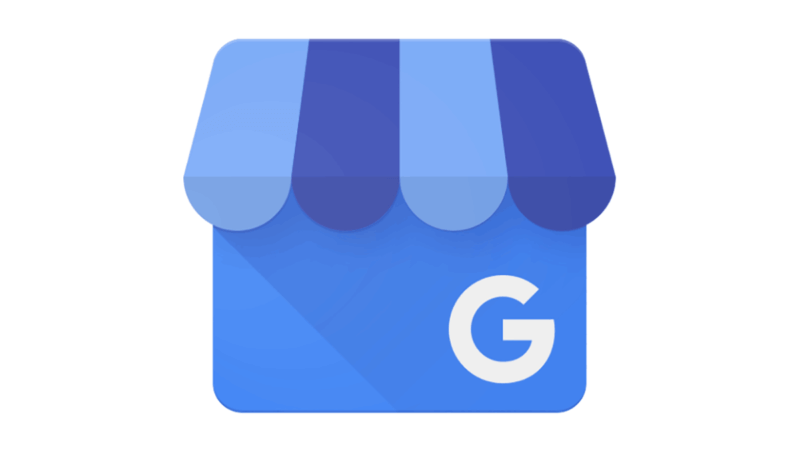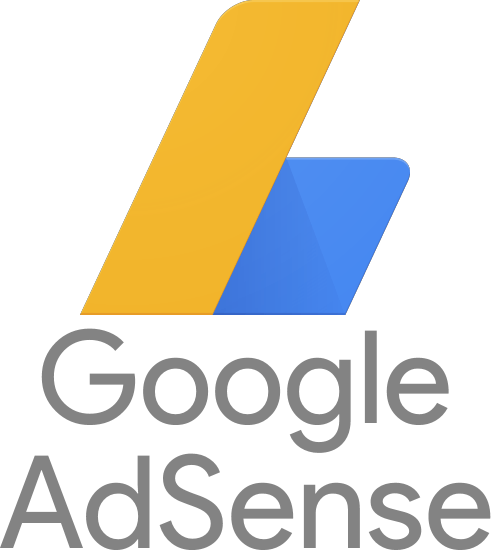We Built A $360K/Year Gmail Plugin That Helps People Manage Their Inbox
Hello! Who are you and what business did you start?
My name is Mohit Mamoria, and I like to call myself a “mad maker.” Right now, I am building Mailman – a tool that allows you to decide when and what emails should land in your inbox.
Our inboxes come without a guard or a shield. Anybody with our email address can interrupt us anytime they want. Mailman is that missing defender of your sanctity. Mailman is a year old company and makes about $30k in MRR.
The two of our biggest features coming this year are going to improve your newsletter-reading experience and automate redundant tasks that you do in your inbox, like auto-reply and auto-forward certain emails.
Here’s a glimpse of my life before and after Mailman.

What's your backstory and how did you come up with the idea?
In school, I was bullied and it became difficult to interact with new people and make friends. As a result, I spent a lot of time with myself – and my computer. I picked up coding when I was eleven, then built my first company when I was eighteen.
Having the ability to make something out of nothing but a computer seemed nothing short of magic to me at that age.
So, I went on to build 25+ side projects. Most of them failed – BOOM – but a few brought in some revenue.
After failing small and big over two dozen times, we had one product that investors wanted to invest money in, and after five years of growing it, we sold it, and I took some time off from making stuff.
Failure is a Feature. Don’t avoid failure. Chase it. Make something just because you can fail.
I started advising and investing in startups and especially crypto startups. We were fortunate enough to invest in some great teams building useful crypto protocols. It was financially very successful, but not fulfilling. I wanted to make stuff.
To find time from all the chaos happening in my inbox, I wrote a small script that would make sure that emails land in my inbox only every four hours, in batches. Nothing comes in between. I used this script to find time to find good ideas that I could be making next.
That’s when I saw this tweet from Andrew Wilkinson, and I immediately emailed him with the script and a video tutorial. He asked, “What if we make this into a business?”

And BAM. There it was. Mailman was born, with my partner and friend – Andrew Wilkinson.
Take us through the process of designing Mailman.
The beauty of working with Andrew is that his company – Tiny – owns several agencies for designing and marketing. As soon as we shook hands, he connected me with one of his agencies – Z1 – which did Mailman’s branding and UX/UI.
I cannot comprehend the speed at which they worked. Within a couple of weeks, we had our first designs in our hands. And from there, I coded and put life into those designs over the next few weeks.
We were thrilled to see so many people eager to try out Mailman. I remember I was so excited that day that I couldn’t go to bed. I’d wake up in the middle of the night to see how big our waitlist became.
We had the product ready, but before we could launch publicly, we had to go through Google’s Security Assessment program. Every product that works with Gmail has to go through it and costs tens of thousands of dollars to complete. A big hurdle for a small startup to do so. But, a necessary evil.
It took us another month to get the security and privacy audit done. And as soon as we had our completion certificate, we started onboarding beta users.
Describe the process of launching the business.
On April 14, 2020, we had a working product, and we applied for Google's Security Assessment. From the research, we expected a couple of months to get it done.
So, we decided to build a waitlist meanwhile.
Andrew tweeted about this new project he is involved with and given his Twitter followership of 160k+, we got thousands of people on our waitlist overnight.
We were thrilled to see so many people eager to try out Mailman. I remember I was so excited that day that I couldn’t go to bed. I’d wake up in the middle of the night to see how big our waitlist became.
In June 2020, we got our security assessment certificate in our hands, and we started onboarding users from our waitlist. Starting from the top, we sent out invites to ~50 people every day. Of those 50 invites, about 25 would sign up, and I’d schedule a 10-minute call with them to walk them through their Mailman account.
This short call helped me understand what they were looking for, and plan our roadmap.
After months of doing this, we opened the floodgates on October 21, 2020, by announcing on Product Hunt.
We worked with another of Tiny’s companies – DoubleUp – to help with the launch, and they did so by building up a brilliant email drip sequence for our existing user base, that most of our existing users supported us on Product Hunt, and even upgraded their accounts to a paid plan.
Since launch, what has worked to attract and retain customers?
Mailman is a brilliant solution to a problem that most of our users do not realize they have. Spending your whole day in your inbox is a problem, but we have accepted to think of it as work. It’s not.
Our biggest challenge was to accept the fact that people are not searching for the solution to their inbox problems. We have spent thousands of dollars on search ads to learn this lesson.
We shifted gears and started using social media and influencer marketing to spread awareness of the problem. Only when someone is aware of the problem, they’ll look for a solution, for which we invested in SEO to make sure Mailman comes up when they search for a solution.
One of the examples of spreading awareness is this project – Nuke.
How are you doing today and what does the future look like?
After over a year of operations, the company has become profitable, and what lies ahead of us is chasing the bigger vision.
As mentioned before, Mailman solves a problem that people are generally unaware of. But the silver lining is that when they are made aware of it, they spread the awareness to their friends and colleagues, creating a ripple of new users signing up.
The biggest two things that lie ahead of us are the two features we have in development – Automation and Magazine.
With Automation, you can configure Mailman to auto-reply or auto-forward or run a Zapier integration for specific kinds of emails. Eg. forward certain emails to your finance team, or block 15min in your calendar the next afternoon.
With Magazine, you will be able to read all the newsletters you’ve subscribed to in a beautiful interface, at a specific time in a week.
Through starting the business, have you learned anything particularly helpful or advantageous?
At the risk of sounding repetitive, I’ll say, talking to your first 500-1000 customers is more important than it is mentioned. For the first ~800 users, I spent 15 mins and spoke with every single of them over a Zoom call.
It helped me understand what made them sign up, how they plan to use it, and what future features they would be looking for.
Someone who has failed 19 times has more chances of succeeding than someone who has never attempted anything. Start. Start small. Fail. Repeat.
Talking to those 800-ish customers meant our roadmap was automatically carved out for us for the next 12-18 months. We just had to keep building and shipping.
A good side effect to it was that these first batch of customers felt that they were cared for. They told their friends about us simply because they felt the care.
What platform/tools do you use for your business?
From the previous startups I have built, I’ve learned one thing – while you’re a tiny company, use as few tools as you can.
Managing tools takes time from other more important things – building and selling. So, here’s what we use;
- Gmail (obvious)
- AWS as our cloud of choice
- Laravel Forge to deploy our product on servers
- Webflow to power our landing page
- Ghost to power our blog
- Transistor.fm to power our podcast
- Veed.io to create video content
- Crisp for support and onboarding
What have been the most influential books, podcasts, or other resources?
Growing up and building a ton of failed projects, a few books and podcasts helped me understand the mechanics of the industry;
- Startups for the rest of us by Rob and Mike (podcast) – Following their journey of building Drip and Bluetick helped me stay calm in the chaos
- Hard things about hard things by Ben Horowitz (book) – This book gives you straight facts and practical tools that no other book offers
- Zero to One by Peter Thiel (book) – The one book that taught me how to fundamentally evaluate an idea and pursue it
- Animal Farm by George Orwell (book) – This children book taught me about positioning and storytelling
Advice for other entrepreneurs who want to get started or are just starting out?
Over the last nine years of consistently making and failing, I have met a ton of people who don’t start making just because they might fail.
I have realized a secret now, and I want to share it with everyone – Failure is a Feature. Don’t avoid failure. Chase it. Make something just because you can fail. Your twentieth project will succeed, but that means going through nineteen failures and attempting the twentieth time.
Failure is not a bug in the system. It’s a feature. Leverage it.
Someone who has failed 19 times has more chances of succeeding than someone who has never attempted anything.
Start. Start small. Fail. Repeat.
With every attempt, you’ll fail a little better, until you don’t. And you’ll win.
Where can we go to learn more?
Loved the questions!

Download the report and join our email newsletter packed with business ideas and money-making opportunities, backed by real-life case studies.

Download the report and join our email newsletter packed with business ideas and money-making opportunities, backed by real-life case studies.

Download the report and join our email newsletter packed with business ideas and money-making opportunities, backed by real-life case studies.

Download the report and join our email newsletter packed with business ideas and money-making opportunities, backed by real-life case studies.

Download the report and join our email newsletter packed with business ideas and money-making opportunities, backed by real-life case studies.

Download the report and join our email newsletter packed with business ideas and money-making opportunities, backed by real-life case studies.

Download the report and join our email newsletter packed with business ideas and money-making opportunities, backed by real-life case studies.

Download the report and join our email newsletter packed with business ideas and money-making opportunities, backed by real-life case studies.

















